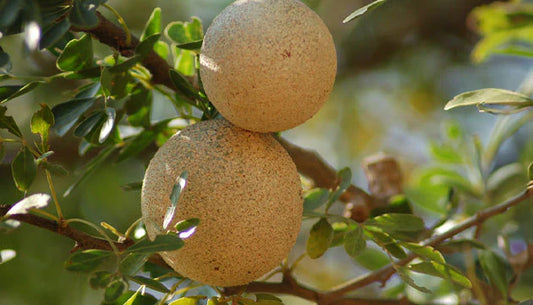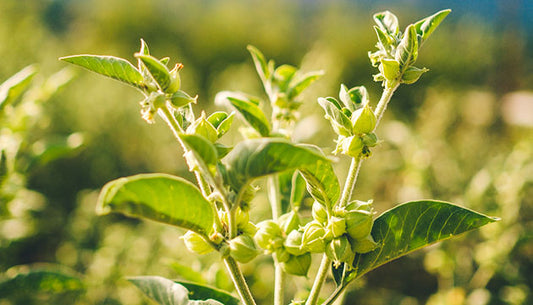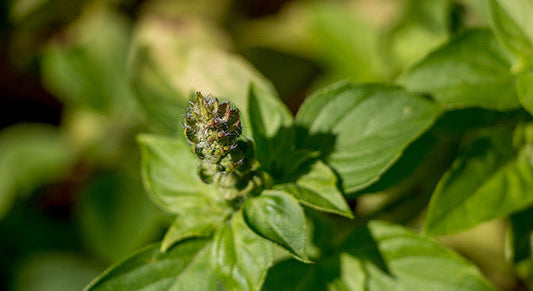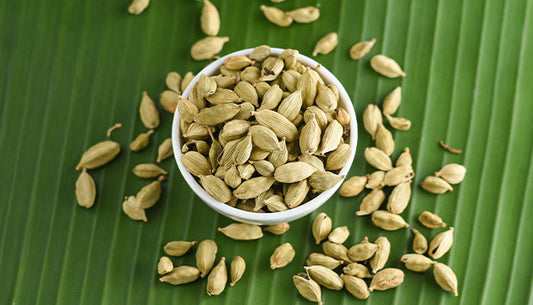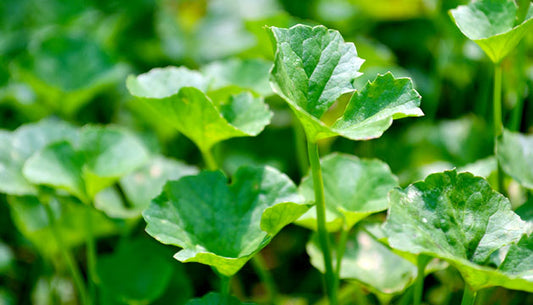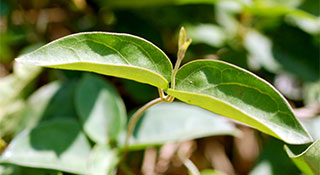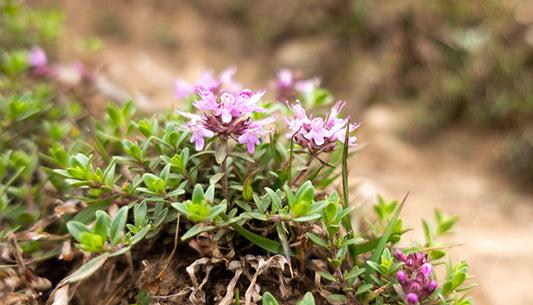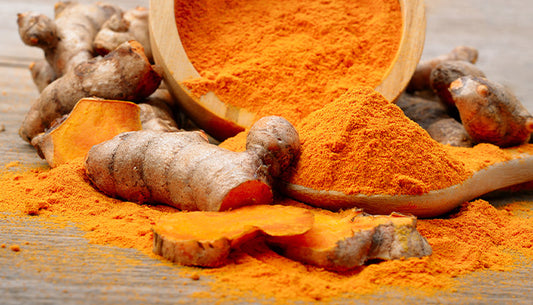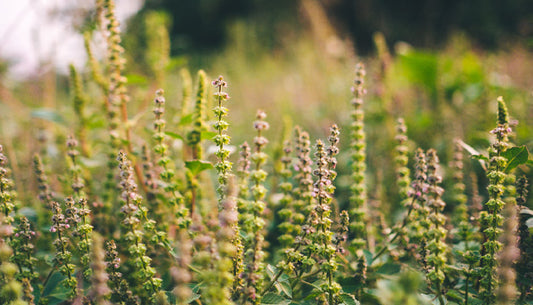Ayurvedic Herbalism
Ayurvedic herbalism is a holistic system of understanding the effects, benefits, and inner workings of various herbal plants within Ayurveda's vast and varied pharmacopoeia. It takes into account the tastes, energetics, and post-digestive effects of different herbs and explores their impact on the doshas of vata, pitta, and kapha.
In these articles, we dive into many facets of the rich and storied topic of Ayurvedic herbalism.
What Are Ayurvedic Herbs?
Ayurvedic herbs are a keystone of Ayurveda and have been traditionally used to promote overall health and well-being. Many support the body and mind with specific health goals. From the ability to strengthen the body's natural defenses and bolster the immune system to promoting deep, restful sleep, comfortable joint movement, supporting inner beauty and radiance both internally and externally, and so much more, there's an herb for practically any health intention.
Ayurveda places great importance on how certain herbs, herbal substances, or minerals impact the doshas. Certain aspects of herbs, such as their taste and energetics, are key in Ayurvedic herbalism to gaining a holistic understanding of how the herb will be digested, assimilated, and absorbed by the body.
While Ayurvedic herbalism originated in India thousands of years ago, its timeless wisdom can still be applied to herbs growing today and across the globe. By developing deep relationships with herbs and cultivating a deeper understanding of what they are, how they grow, and how they impact the physiology on a deeper level, Ayurveda's multi-faceted approach to herbalism is not limited to working with herbs from one geographic location.
Some of Ayurveda's most popular herbs are becoming increasingly popular outside of Ayurveda, including ashwagandha and shatavari, two well-known adaptogens that are both celebrated for promoting a variety of benefits for the body, mind, and spirit. While they are effective on their own, they are also often combined into formulas, such as Stress Ease, to synergize their unique effects and bring in the help of other herbal allies.
But perhaps the most well-known of all is triphala, a rejuvenating combination of amalaki (also known as amla), bibhitaki, and haritaki. It is often used to promote healthy digestion and elimination, though it contains many additional benefits as well. Many of these articles will detail the lesser-known benefits and uses of various herbs and formulas. Some of them might surprise you!
We hope that these articles inspire you to branch out even further into the wonderful world of plants and how they function—whether it's by trying a new herb, starting to grow your own herbs, or paying closer attention to where your herbs come from.
At Banyan Botanicals, we are dedicated to offering herbs that are sustainably sourced, organically grown, and fairly traded. We recognize that being good stewards of the Earth and tending to the land while we also care for the herbs themselves is crucial to the sustainability of these beloved plants, ensuring they will continue to thrive for generations to come—as well as to the sustainability of Ayurveda as a whole.






